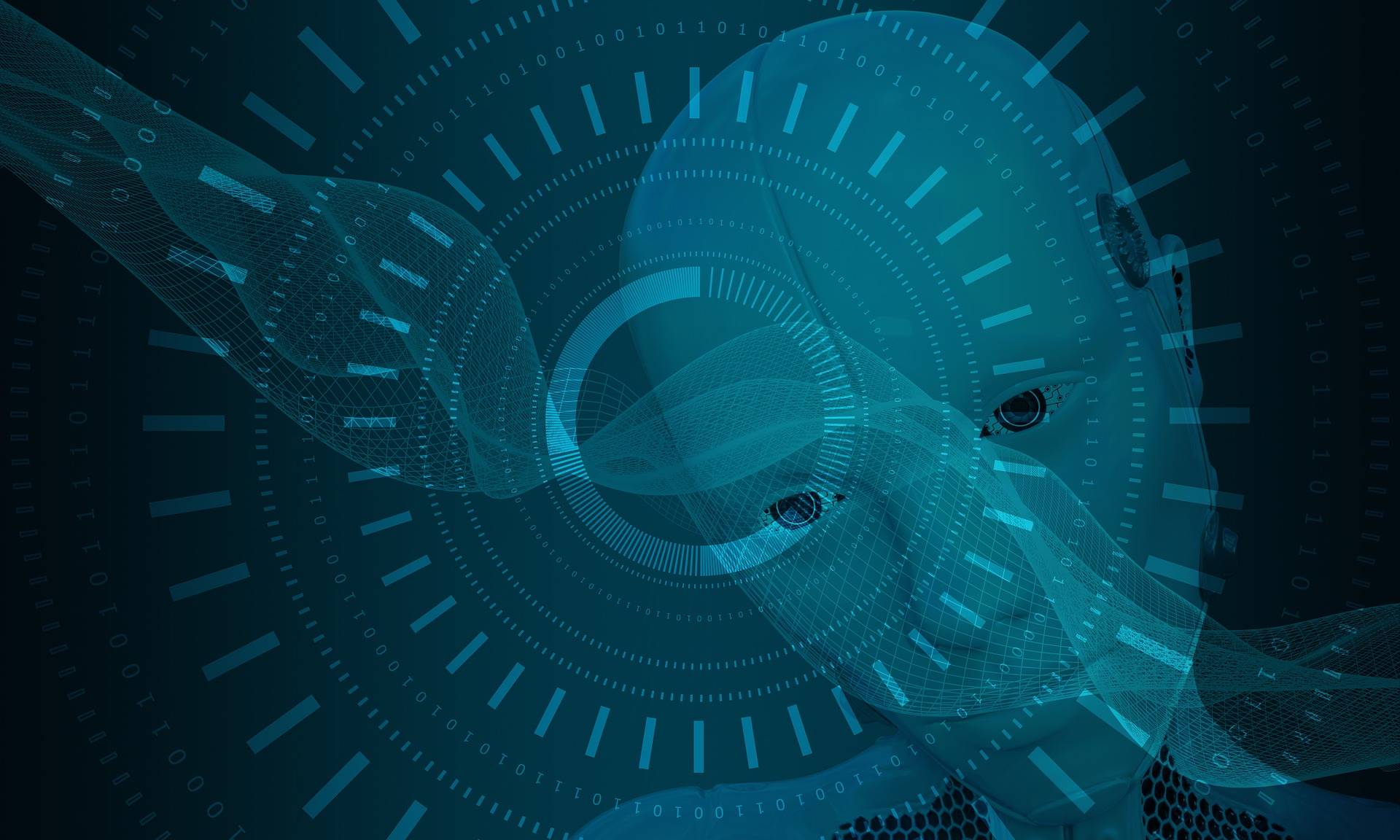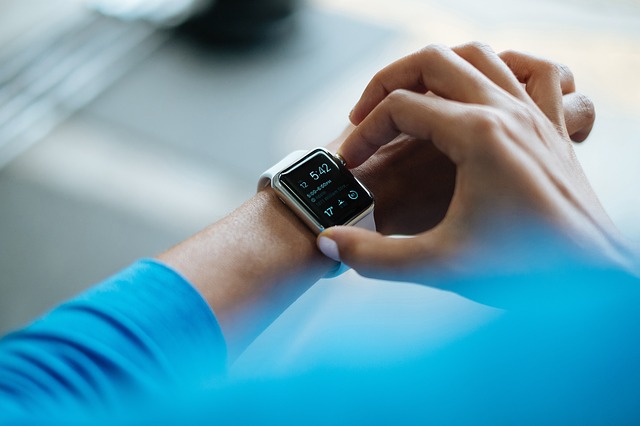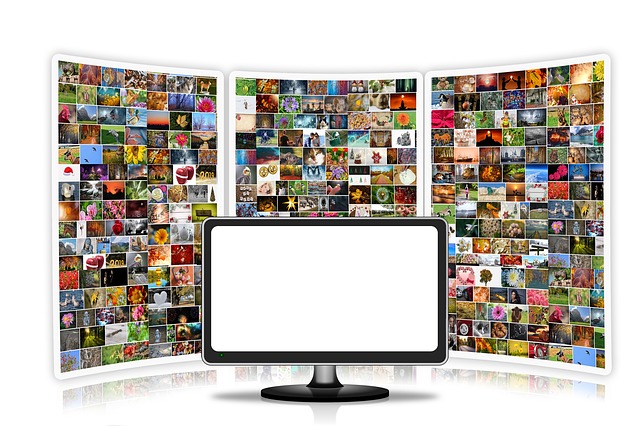3 Future Trends in Medical Technology
Developments in medical technology over the last few years have been exciting – and there’s only more to come.
Healthcare technology has played a huge role in the advancements made in how we care for patients and how patients can monitor themselves. We anticipate that these trends will continue to produce new developments in the future.
There are a few broad categories of trends that we see continuing to advance. Here, we’re looking at three in particular:
1. Consumerization of medical technology
We’re starting to see the lines blur between Fitbits and other “wellness” devices with those of more traditional medical devices. For example, the new generation of the Apple Watch has recently been updated to include ECG technology and it was accepted by the FDA as a Class II medical device.
Further, there are already a number of examples of the Apple Watch being involved in saving users’ lives. A 24-year-old Australian man was diagnosed with a hole in his heart, a condition he must have had since birth but remained undiscovered until his Apple Watch alerted him of his high resting heartbeat.
A 61-year-old American man who was diagnosed with atrial fibrillation was able to get to the hospital on time to save his life when his Apple Watch alerted him to his high resting heart rate. A high-school athlete found out she had a condition causing her kidneys to fail when her Apple Watch alerted her of irregularities with her heartbeat.
For medical device companies, the consumerization of healthcare represents a new paradigm too. In the past, medical devices were more targeted toward healthcare providers and payers – now there is a demand for direct-to-consumer products. People are demanding to have more control over their healthcare and they want the ability to proactively manage it. With costs looming large for many, people appreciate that proactive management is a better long-term idea. Early prevention costs much less than treating a chronic condition.
2. Remote healthcare
Another ongoing trend lies with changes in how healthcare is being delivered. For example, there are many instances of healthcare monitoring or advice being delivered remotely, rather than patients having to head to a clinic for everything.
Many startups are now targeting this area, and one thing we’re seeing a lot of work on is at-home diagnostic kits. These kits tend to offer diagnostics via tests that patients can easily do themselves, such as through a small amount of blood or urine.
Pregnancy testing kits have been available since the 1970s, but we’ve now got many more things we can test for at home. For example, ovulation testing, urinary tract infection testing, genetic testing, and testing for strep throat.
Patients are often attracted to these at-home options, not only because of their convenience but because of the potential to save money on a physician visit. For example, if someone has had a sore throat for several days but can’t get in to see a doctor (or doesn’t have any insurance), the home test for strep throat can remove the need for a diagnostic visit. Perhaps their doctor will be willing to call in an antibiotic prescription based on their test result, without the charge for a visit or further diagnostic testing – a considerable cost saving.
Advances in digital health solutions
Digital health solutions are advancing constantly. We’re especially seeing some good advances made for addiction and mental health in recent times. Therapies for these have traditionally been delivered in a clinical setting, such as visiting a psychiatrist for behavioral therapy.
What we’re seeing now is the development of apps to help with these areas, and to deliver care in a home-based environment. With the opioid crisis and the prevalence of other addictions, we see this as an area that will only grow.
For example, Hey, Charlie is an app designed to help addicts avoid environmental triggers. It monitors the user’s locations and contacts and pops up warnings if they’re headed into a risky situation.
There are a number of examples of mental health apps, often designed to provide critical support when users need it. For example, general mental health apps such as What’s Up are designed to help users self-evaluate and monitor their own care. This particular app relies upon Cognitive Behavioral Therapy and Acceptance Commitment Theory methods to help those dealing with anxiety, depression, stress, anger, and more.
Where any health concern has reached crisis levels, digital healthcare may be a key to helping patients. Clinics simply can’t keep up with the amount of in-person therapy that is required, so an app can provide a good solution in-between appointments.
Telehealth or remote monitoring is another trend under this umbrella. While telehealth has been around for a while, the past few years have seen some structural and financial changes that may lead to it becoming more mainstream. Smartphones, cloud-based processing, and the Internet of Things (IoT) have made it easier to collect, disseminate, store, and process information.
Health policies, such as the Affordable Care Act, have mandated certain guidelines, such as avoiding readmissions. This has made remote monitoring particularly attractive as a solution for early intervention to avoid those readmissions and thus avoid costly fines. Hospitals are pushing for the adoption of such technologies for this reason.
Since the early days of the global COVID-19 pandemic, the Centers for Medicare and Medicaid have introduced many new reimbursement codes for remote patient monitoring. We believe this will help to continue the trend of increased demand for remote monitoring over the next few years.
3. Artificial intelligence in healthcare
Intelligent assist systems use artificial intelligence and machine learning to assess data from a wide variety of sources. These can assist clinicians and patients with building a better picture of what is happening so they can make better decisions about treatment or therapy.
The idea is that sometimes a machine can process more than what a busy human may be capable of. A physician only has so many hours in a day and many patients to monitor. They can’t monitor everyone continuously – but an AI-powered device can. Machine learning helps these devices to notice patterns that can help clinicians to get a broader view of what is happening with any patient. The programming may be able to deliver alerts to doctors and patients or even make suggestions for the doctor to review.
A good example is certain advances in the care for diabetic patients. Continuous glucose monitoring systems, such as Guardian Connect, use an algorithm to alert patients to swings in blood sugar. It can alert patients to hypoglycemic events an hour before they happen, and alert selected family members via text message, too.
The Sugar.IQ smart diabetes assistant uses IBM Watson’s artificial intelligence technology to analyze how a patient’s blood sugar responds to different factors like food intake and daily routines. This analysis can help to identify patterns and lead to personalized analysis and treatment plans.
The increasing acceptance of cloud-based solutions, both among the public and within the medical field, will help to open the doors to more of these solutions. The FDA’s decision to add a new category for Clinical and Patient Decision Support Software also helps to grow the development and usage of such systems. We expect this area to continue to see investment and growth in the future.
Final thoughts
The future trends of medical technology are in many ways brought to us by advances in digital applications.
The consumerization of medical technology, ongoing changes to how healthcare is delivered, and demand for intelligent assist systems are helping to drive these developments. These advances, along with changes in policy and regulation, are helping to create an environment encouraging the further development of these technologies.
A lot of us have used these emerging medical technologies already, but we anticipate a day when they become the standard for healthcare.





